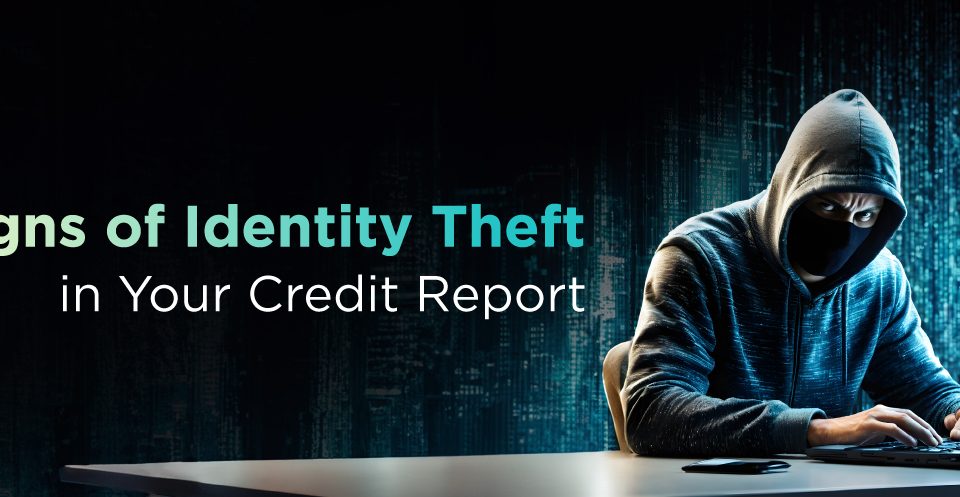
Identity theft is increasing at an alarming rate in Malaysia and globally. It has caused millions of ringgit in losses and damage, especially to the reputation and credit health of innocent consumers. But do you know what identity theft is? Could you possibly be the next victim, and if so, how it could endanger you?
What exactly is identity theft?
Identity theft and identity fraud are terms used to refer to all types of crime in which someone wrongfully obtains and uses another person’s information in a way that involves fraud or deception, usually to the victim’s disadvantage. Personal data that is highly susceptible to being stolen include credit and debit card numbers, as well as information regarding bank accounts, insurance policies and medical records.
The dangers of having your information stolen
Thieves often use stolen credit or debit card information to make purchases, especially online. They can call a bank and pretend to be the owner of a credit card – then cancel the credit card of a victim citing various reasons, request a new card to be routed to an address where the thief can receive it, and subsequently go on shopping sprees. In more serious cases, identity theft may be used to facilitate or fund other crimes including terrorism, illegal immigration and phishing. With sufficient stolen information, thieves can steal tax returns, pretend to be someone else if arrested, or exhaust the victim’s medical insurance coverage (medical identity theft). Some warning signs that you may be a victim of identity theft:
- You’ve been expecting a new credit or debit card to arrive in the mail but it’s way overdue
- You notice purchases you didn’t make when you check your credit card statements
- Important letters, packages or mail you’ve been expecting has consistently gone missing
- You’ve received a litigation notice or court document for something you’ve not done

Some common types of identity theft
1. Financial identity theft
This is the most common type of identity theft. Identity thieves steal financial data such as credit and debit card numbers to gain economic benefits in the victim’s name. This includes getting credits, loans, goods and services while claiming to be someone else. The victim may eventually notice things like bills for purchases they never made, creation of unauthorized accounts, alerts from banks that their credit cards have been maxed out, and so forth.
2. Criminal identity theft
This is a very damaging type of identity theft. Criminal identity theft occurs when someone uses identification with your information to escape criminal charges. When the criminals are cited or arrested, they provide the false identification. You would then miss court hearing dates due to being unaware of the charges, and this could result in serious criminal convictions on your record. Not only would this tarnish your name, it could jeopardize your chances of securing employment or cause you to be barred from leaving the country by the immigration department.
3. Synthetic identity theft
A fairly new type of identity theft, thieves may combine the information they’ve stolen from multiple victims to create a completely new ‘synthetic’ identity. This type of identity theft affects all the victims whose information was used in the creation of the fake identity. The thief may not use your name, but your address or phone number might be utilized for their fraudulent and criminal activities.
4. Medical identity theft
This occurs when someone seeks medical care under a stolen identity. Identity thieves may use your information when receiving medical treatment to avoid payment. The financial fraud can be damaging to your credit and result in large medical bills. There is also the danger of the thief’s medical records being merged with your own. Doctors use your medical history to make informed decisions about treatment and to diagnose illnesses or conditions based on your current and past medical history. Inaccurate information can result in misdiagnosis or harmful treatment procedures.
5. Address change fraud
An identity thief can change your mailing address without your knowledge, then divert all your mail to an alternate address. Checking through your mail allows the thief to obtain additional useful information about you. It’s also an invasion of your privacy as it allows them to go through your personal correspondence.
How you can prevent identity theft
While you may not be able to completely prevent thieves from stealing your information, there are steps you can take to help safeguard your sensitive personal data.
Here are 8 ways to prevent identity theft:
- Obtain your credit report periodically and review it to ensure that it doesn’t include accounts that you’ve not opened, or any other questionable information such as litigation proceedings.
- Monitor your bank and credit card statements carefully for purchases you did not make.
- Watch out for ‘shoulder surfers’. Shield the keypad when typing your passwords on computers and at ATM machines.
- Be careful about keeping passwords written down, especially in your wallet, car or office. Try to commit your passwords to memory. If you must write them down, use a special code only you would understand.
- Don’t respond to unsolicited requests for personal information (your name, birthdate, family information or bank account number) by phone, mail, or online.
- Shred your receipts, credit offers, account statements and expired cards.
- Don’t leave personal documents and important personal data lying around; this gives others an easy opportunity to steal your information.
- Never disregard mysterious or suspicious letters or mail, especially if you notice a repeated pattern. It might be a sign that someone else is using your information, or that a crime has been committed under your name. Pay close attention to legal and court documents, and take immediate steps to rectify the situation.



